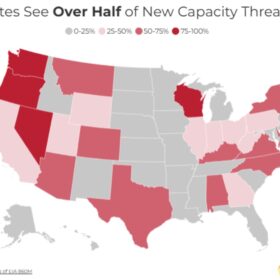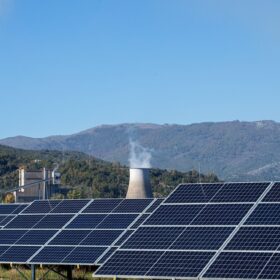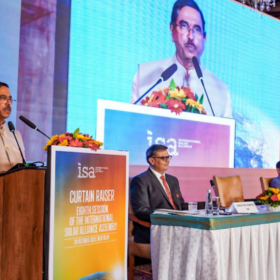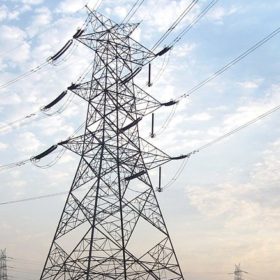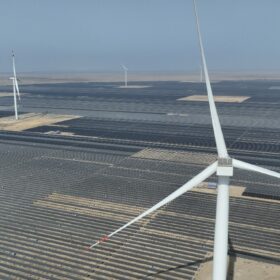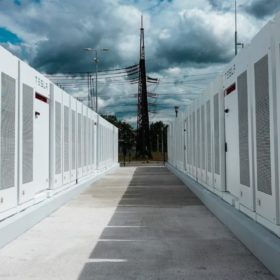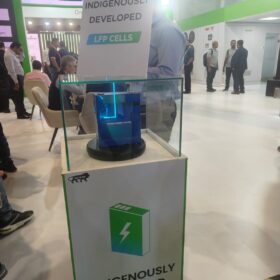US solar, storage projects face risk from political obstruction
The Solar Energy Industries Association (SEIA) says more than half of all power capacity planned through 2030 is under threat from mounting political interference that could stall US renewable deployment.
Solar tariffs kill Americans
Researchers show how solar panel imports saved nearly 600 American lives over a decade, while industry data indicates that the Suniva solar tariff may have caused more than one hundred preventable deaths.
China module prices climb 1.14%, industry awaits polysilicon consolidation plan
In a new weekly update for pv magazine, OPIS, a Dow Jones company, provides a quick look at the main price trends in the global PV industry.
Anker Solix unveils C2000 Gen 2 portable power station with 2 kWh
Anker Solix has introduced the 2 kWh C2000 Gen 2 portable power station, featuring faster dual-input charging, lithium iron phosphate batteries, and an idle power draw below 10 W.
“Standalone battery storage is a strategic differentiator for us,” says Sunsure’s Kartikeya Sharma
Sunsure Energy, founded in 2014, has evolved from a solar developer into a clean energy solutions provider delivering integrated power solutions across solar, wind, and battery storage. Kartikeya Sharma, co-founder and chief business officer at Sunsure, speaks to pv magazine on the key trends reshaping India’s renewable energy landscape, the rising role of battery storage, and Sunsure’s plans for the market.
Will China’s export curbs on lithium battery materials and technologies reshape global supply chain?
Industry players speak to pv magazine about whether China’s decision to tighten export controls on key minerals and technologies for lithium batteries will cause a short-term disruption or lead to a long-term strategic realignment of the global supply chain.
New standard for U.S. Customs solar supply chain compliance
To help importers vet compliance with the Uyghur Forced Labor Prevention Act and other supply chain traceability requirements, the Solar Energy Industries Association released the Standard 101, which was recently approved by the American National Standards Institute.
Eighth Assembly of International Solar Alliance scheduled from Oct. 27-30 in New Delhi
The International Solar Alliance (ISA) Assembly will focus on four key areas: catalyzing finance for solar projects, building global capability centres and advancing digitization, enhancing regional and country-level engagement, and developing technology and policy roadmaps.
How India finally switched on its electricity derivatives market
The introduction of electricity futures (derivatives) marks a significant step forward in modernizing India’s power market. The benefits are numerous: it offers a strong mechanism for hedging against price fluctuations; promotes more transparent and competitive price discovery; and improves overall market efficiency
ALMM for solar wafers: Advantage for early entrants
The Approved List of Models and Manufacturers for solar wafers (ALMM List III) could enable solar manufacturers that establish wafer capacity early to achieve superior margins in FY2029/30, as wafer demand is expected to align with broader market demand thereafter.
